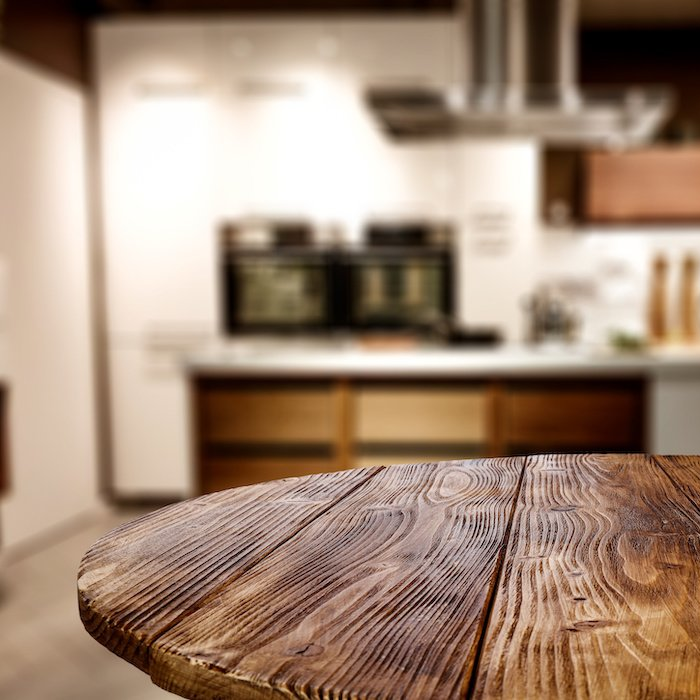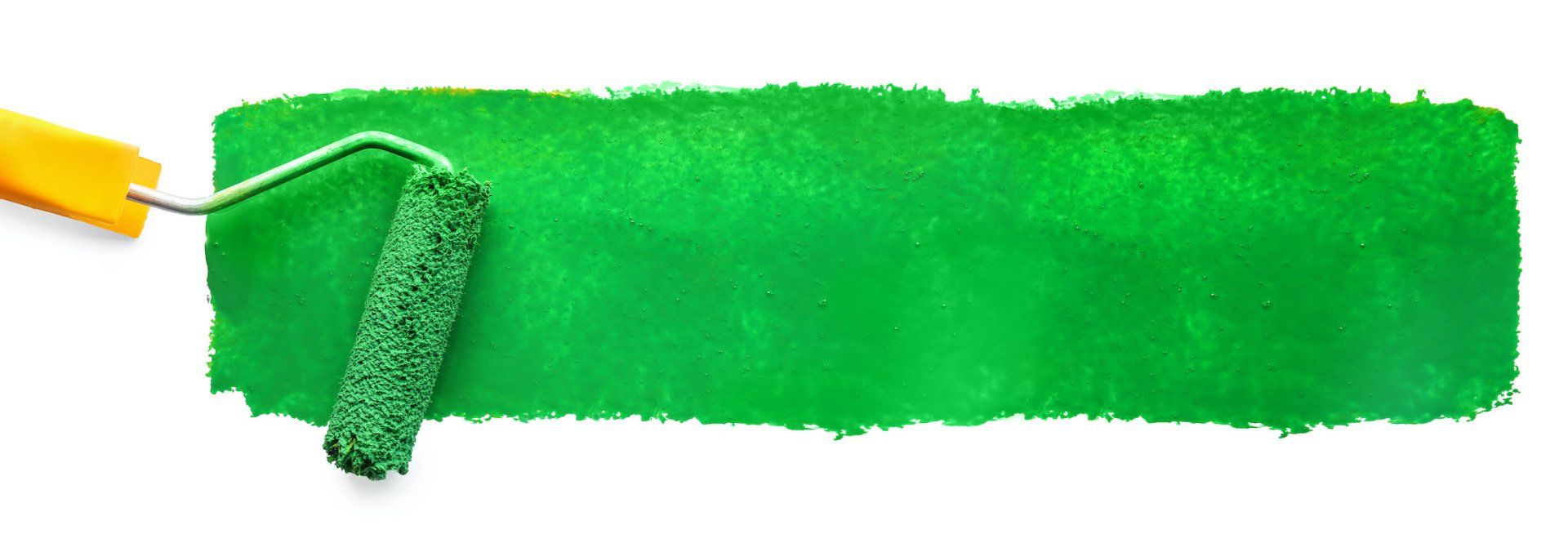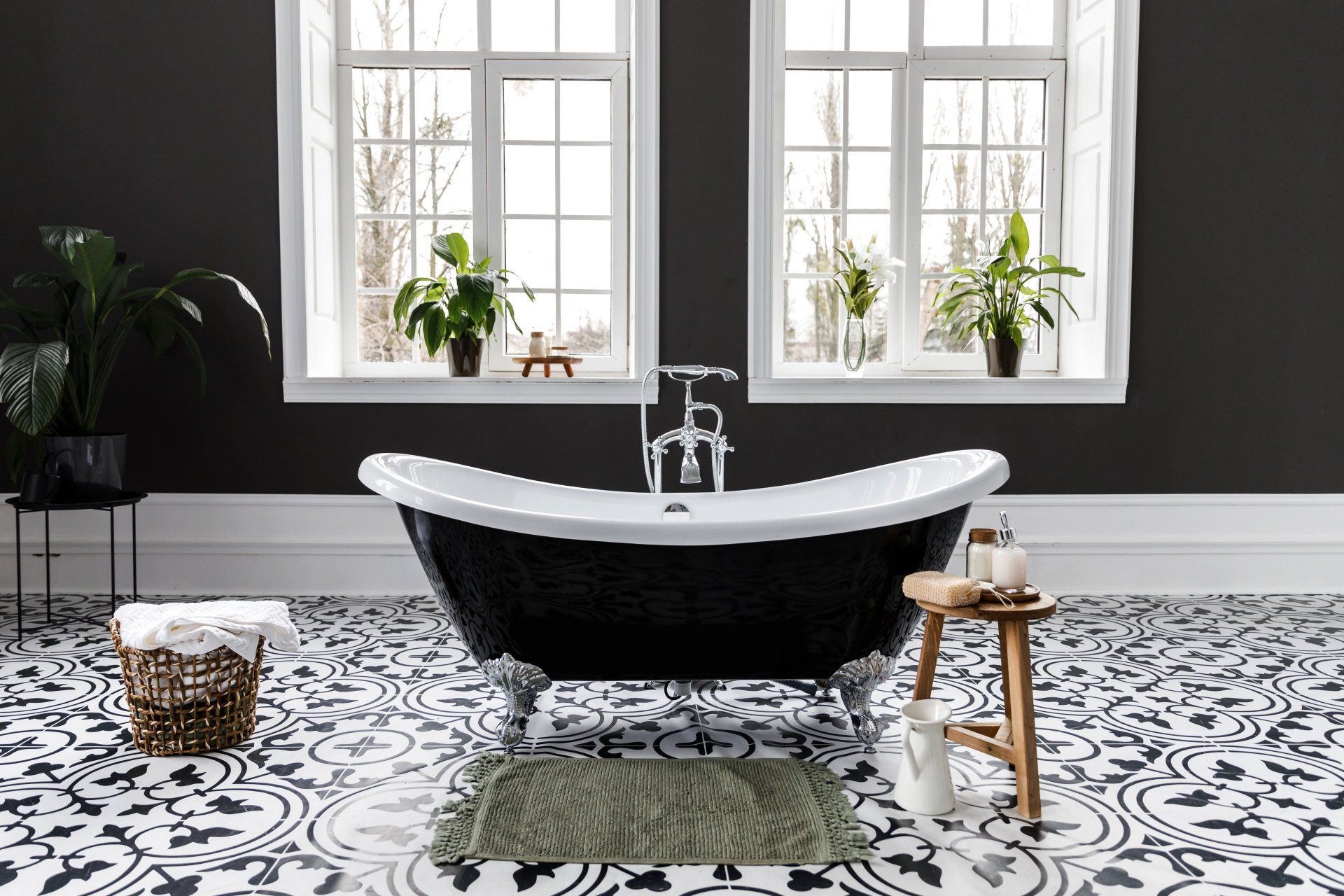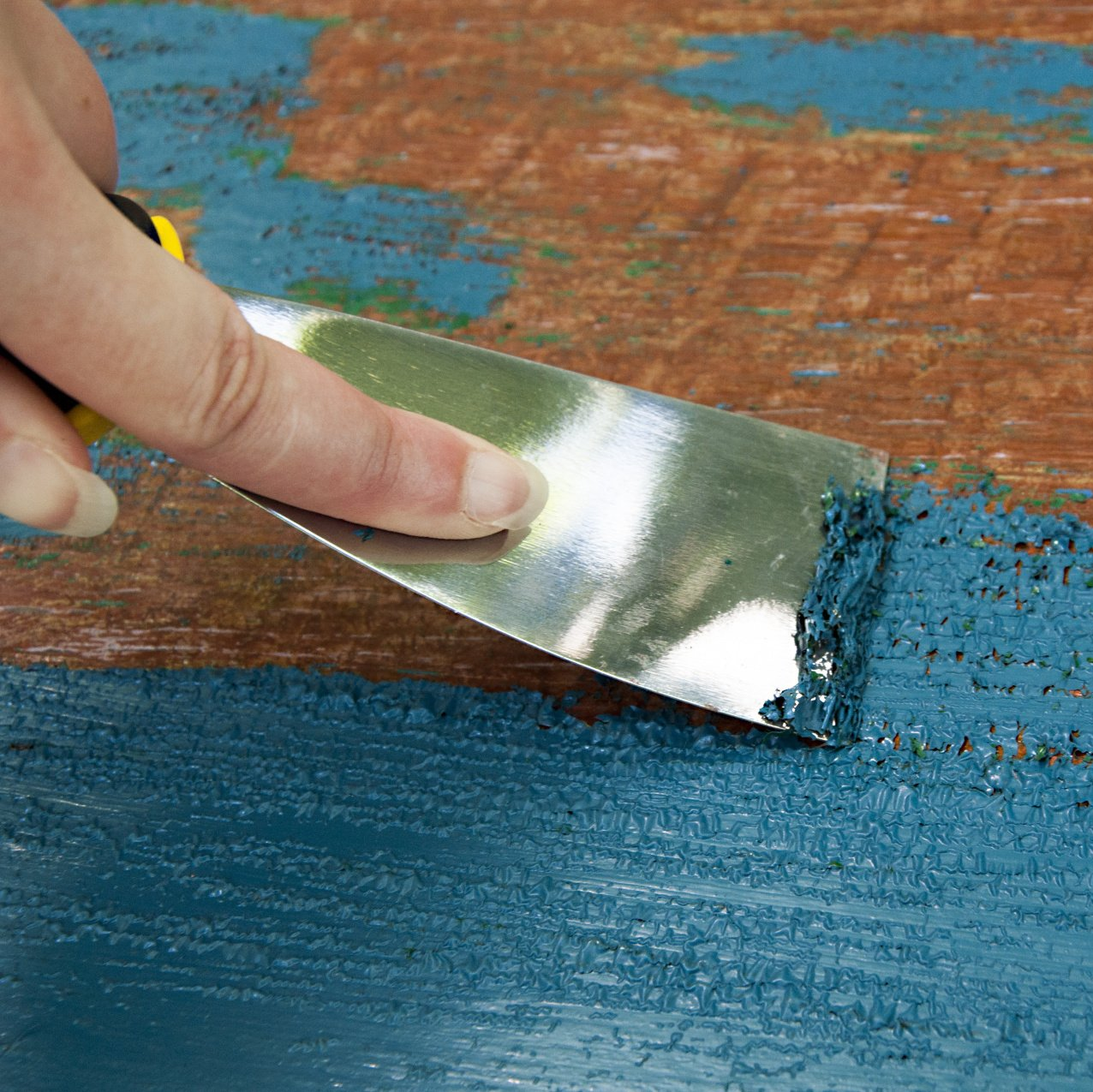Paint Face-Off: Latex Paint Vs. Oil Paint
Sam Lutz • August 12, 2014

Homeowners who undertake a lot of their own painting projects are often faced with the choice between oil and water-based paints. Understanding the differences between these two paint types, and knowing the strengths and weaknesses of each will allow you to pick the paint that meets your needs.
Latex Paints: Pros and Cons
Latex paints, also known as water-based paints, are made from pigment, water and acrylic resin binder. Latex paint was invented in the 1940’s and now makes up the majority of paint sold in the United States. The best latex paints are made from 100% acrylic latex.
Advantages:
- The green choice: Water-based paints are considered to be environmentally friendly.
- Easy to dispose of: Latex paints can be poured down the drain or thrown in the garbage.
- Odor: Latex paints have little smell and can usually be used indoors without extra ventilation.
- Fast-drying: Depending on the humidity and temperature, a single coat of water-based paint can dry within an hour.
Disadvantages:
- Less durable: Latex paints lack the durability of oil-based paints.
- May not adhere well to some surfaces: Water-based paint may not be appropriate for smooth surfaces like metal.
Oil Paints: Pros and Cons
The oils in oil-based paints can either be synthetic (alkyd) or natural (linseed). Alkyd paints are more common because they’re less expensive and more durable than paints made from linseed oil.
Advantages:
- Highly durable: Oil-based paints are often used in places that take a lot of abuse.
- Long drying time: Some painters prefer the long drying time of oil paints, because they like being able to go back to smooth their brush strokes.
Disadvantages:
- Cannot be poured down the drain: Oil-based paints must be disposed of in specific ways and cannot be poured down a drain.
- Strong odor: Indoor use of oil-based paint requires adequate ventilation.
- Mineral spirits: Oil-based paints must be thinned with mineral spirits, not water.
- Yellowing: White oil paint may yellow slightly with time.
Picking the Right Paint
For everyday uses, such as painting a room or a shed, latex paints are a go-to for professionals and homeowners alike. They’re easy to clean up, low-odor and fast-drying, so even relatively large painting projects can be finished in a single day. In addition, oil-paints are considered hazardous waste
and many states have laws regarding the disposal of this type of paint. By comparison, latex paints are easy to get rid of safely and without negative consequences.

That said, oil-based paints definitely have a place in the world of home improvement. People may turn to oil-based paints when they’re painting difficult-to-adhere-to surfaces (like metal), and surfaces that take frequent abuse (like cabinetry, or trim). Some people prefer the durability of oil-based paints for outdoor painting projects.
A variety of companies and organizations have published tips and advice for picking the right type paint for your project. Some articles
clearly delineate the differences between latex and oil paints, while others may offer very in-depth information
about the technical differences between the two paint types.
If you’re not sure whether or not to use oil-based or latex paint for your project, talk to one of the professionals at Ace Paint and Unfinished Furniture. We’re always happy to offer guidance and advice to our customers.
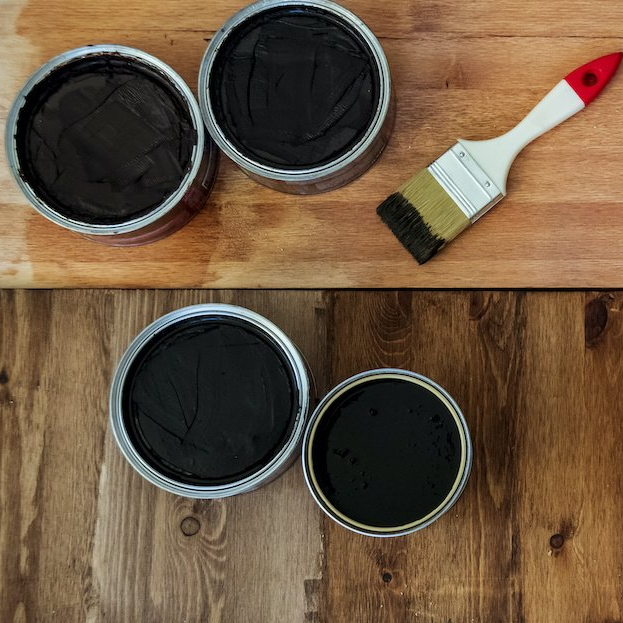
One of the wonderful things about good wood furniture is that it doesn’t have to be merely functional. It can be beautiful as well. We’ve seen some amazing pieces made with wood stains that are more than just furniture, they’re works of art. So if you’ve got an old table, desk or other piece of wood furniture that needs jazzed up, why don’t you consider using some of our great stains to try one of these ideas.

